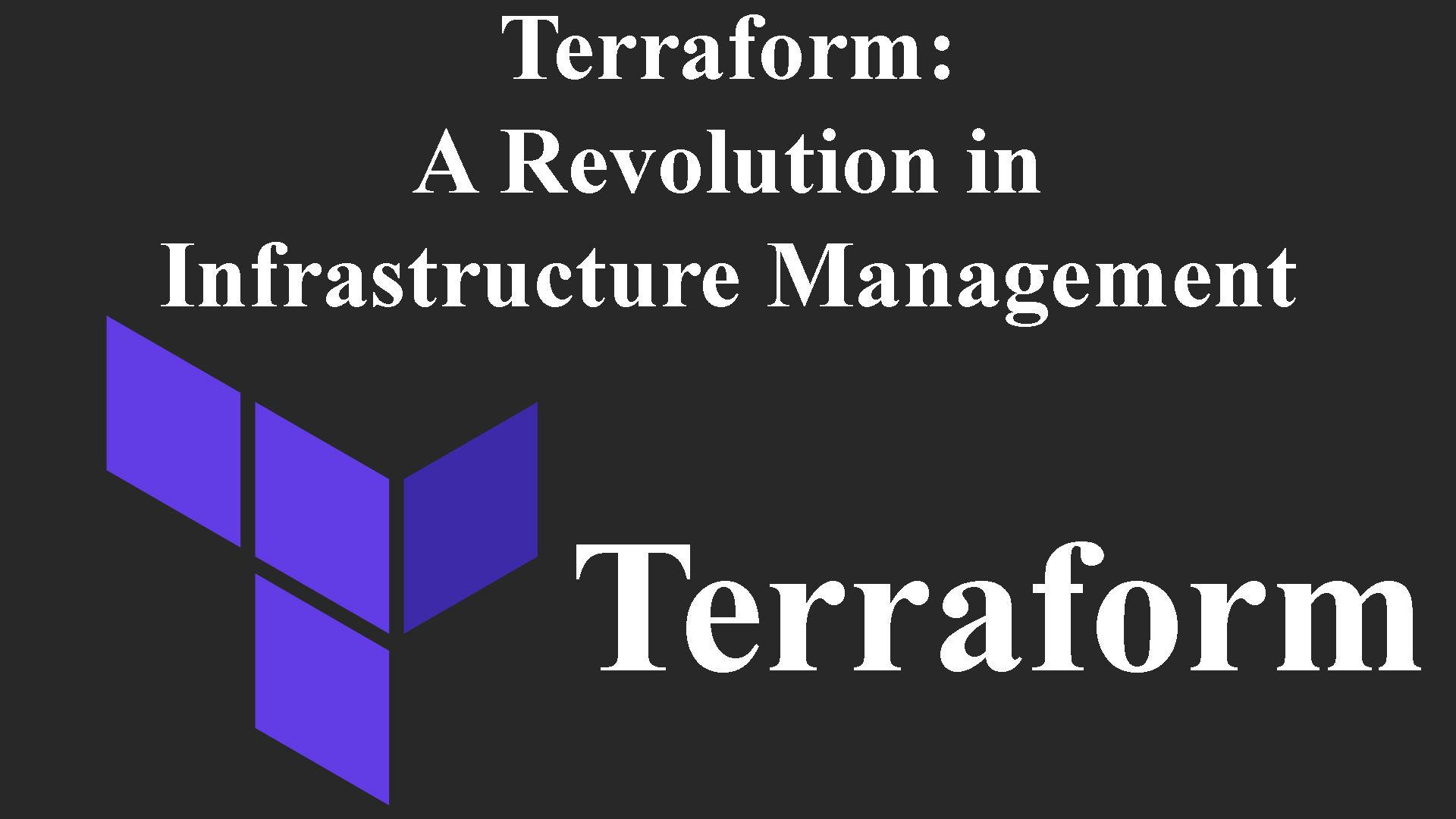Terraform: A Revolution in Infrastructure Management

In the world of modern technologies, where flexibility and automation are key concepts, Terraform stands out as a powerful tool for managing infrastructure and cloud resources. In this article, we will look at what Terraform is, why it is necessary, how it can improve business processes, and also consider its advantages, disadvantages and applications.
Description of Terraform
Terraform is an open source tool developed by HashiCorp. It is designed for creating, modifying and versioning infrastructure as Code (Infrastructure as Code, IaC). This allows engineers and administrators to create and manage infrastructure using declarative configuration files.
Why do I need Terraform?
1. Infrastructure Automation
Terraform simplifies the automation of infrastructure creation and management. It allows you to define all the necessary resources and settings in the code, which eliminates the need to manually configure them.
2. Flexibility and Scalability
Infrastructure as code means that you can easily change and scale your infrastructure as your business grows. This makes Terraform an excellent choice for companies of any size.
3. Reproducibility and Versioning
With Terraform, you can easily recreate your infrastructure on another server or in another cloud, as well as versioning your configuration files to track changes.
Advantages of Terraform
1. Multi cloud cover
Terraform supports many cloud providers, including AWS, Azure, Google Cloud, and others. You can manage resources in different clouds using a single tool.
2. Declarative Syntax
Terraform uses declarative syntax, which makes the configuration more understandable and predictable.
3. Active Community
Terraform has a large and active community of developers and users, which means regular updates, plugins and support.
Disadvantages of Terraform
1. Learning the Curve
Getting started with Terraform may not be easy for beginners. It takes time and training to master all the features of the tool.
2. Limited Orchestration Capabilities
Terraform is designed to create and manage resources, but does not provide advanced orchestration capabilities like Kubernetes.
Terraform Application
Terraform can be used for:
1. Creating Infrastructure
You can create servers, databases, networks and other resources in the cloud or locally.
2. Configuration Management
Use Terraform to manage application configurations, which provides a more reliable deployment.
3. Crash Recovery
Terraform allows you to quickly recreate the infrastructure in case of failures or accidents.
Conclusion
Terraform is a powerful tool for automation and infrastructure management. It provides flexibility, scalability and reliability in managing your infrastructure. Despite studying the curve, it is worth the effort, as it can significantly improve business processes and make your infrastructure more flexible and adaptive. Try Terraform today and discover the future of infrastructure management as code.

